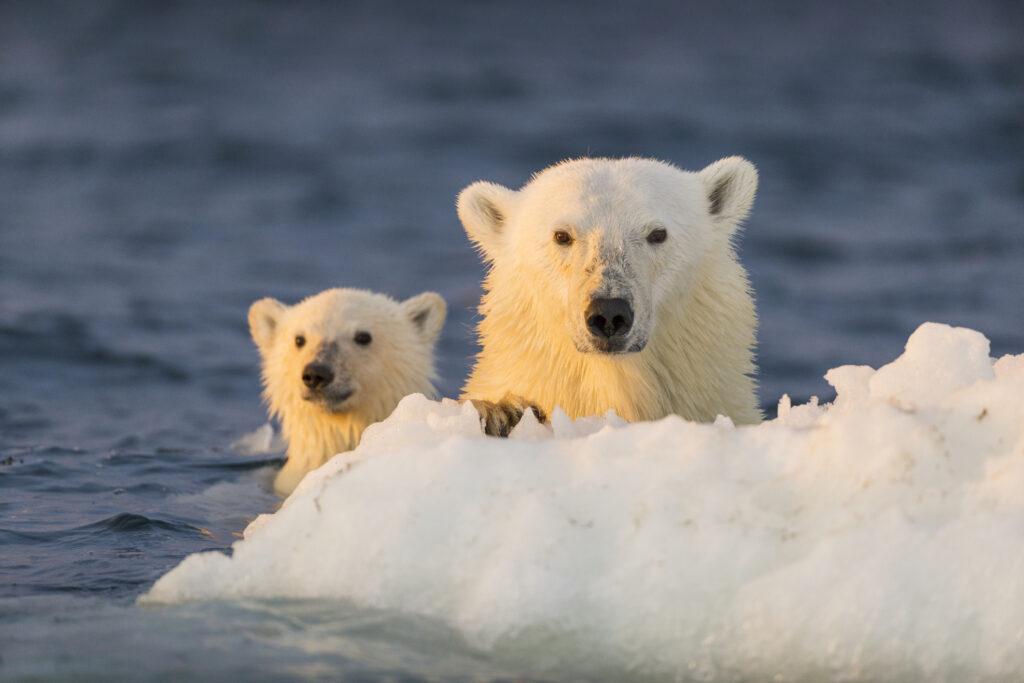New lessons are beginning to emerge from the Fukushima earthquake, tsunami, and nuclear power plant shutdown. Amid tens of thousands of deaths from non-nuclear causes, not a single life-shortening radiation injury has occurred. Not one!
Yet based on media coverage of the issue, many and perhaps most Americans believe more people died from the nuclear power plant shutdown than the earthquake and tsunami combined. The reality is nuclear fears are taking a stronger toll on residents near Fukushima than nuclear radiation.
Safe Radiation Levels
While some people in residential areas near Fukushima are wearing cumbersome radiation-blocking suits, filtered gas masks, gloves, and booties, there are many people living carefree in other places like Norway, Brazil, Iran, and India where folks have lived normal lives for countless generations with radiation levels as much as 100 times greater than forbidden areas of the Fukushima homes.
Few if any people decide where to live, or how to live, on the basis of radiation level. There is no reason they should start doing so now. Let the good people of Fukushima return home and get on with their lives.
Regulating Mother Nature
Who gave the radiation police the right to give their particular concern priority over all other considerations? That question is not limited to Japan. A proposed European Community directive dated Oct. 17, 2011 notes the doses of radiation being regulated in Europe are small compared to doses people receive in the normal course of living.
Yet instead of reaching the commonsense conclusion that they should therefore stop trying to regulate harmless doses of radiation, they instead decided they have to regulate Nature! They want us to wage an endless war against our naturally radioactive planet, when there is good evidence that without radiation, life withers and dies.
In November 2011 British radiation expert Wade Allison, author of the book Radiation and Reason, proposed on Japanese television that radiation limits be set the same way other such limits are set: not by striving for the lowest possible exposure, but by determining what is a safe level of exposure and then including a generous safety factor. The answer regarding radiation is about 1,000 times the current “permissible limit.”
At Fukushima this is no abstract issue. People are being told they cannot return home for an indeterminate period, perhaps as long as two years. Efforts to decontaminate residential neighborhoods may require stripping off all the rich topsoil and calling it radioactive waste. This is unnecessary and counterproductive to the health and welfare of Fukushima-area residents.
Moderate Radiation Benefits Health
In 2002, U.S. Regulatory Report NCRP-136 examined the question of establishing permissible radiation limits. After looking at the data, it concluded most people who get a small dose of radiation are not harmed by it and in fact are benefitted.
That is what the science said: Most people would benefit by receiving more radiation, within the hormetic or beneficial range. According to the report, increasing radiation exposure would reduce the incidence of cancer, and genetic damage would be less than it would be without additional radiation.
The scientific evidence is clear that, except for a few identified hotspots, radiation levels at homes near Fukushima are not life-threatening. The current restrictions are based on a desire to be excessively cautious. No matter how well-intended, this caution is cruelly destructive.
We have had three uncontrolled releases of radioactivity from serious malfunctions of nuclear power plants: Three Mile Island, Chernobyl, and Fukushima. In each of these, radiation fears proved to cause much more harm than the effects of the radiation itself.
Announcing that no amount of radiation is small enough to be harmless has certainly been effective in creating and nurturing a phobic fear of radiation when none is justified by the facts.
Jay Lehr, Ph.D. ([email protected]) is science director of The Heartland Institute. The author wishes to thank Dr. Ted Rockwell, the first recipient of the American Nuclear Society’s Lifetime Achievement Award, now called the Rockwell Award, for his insight and correspondence regarding the issues discussed in this article.





